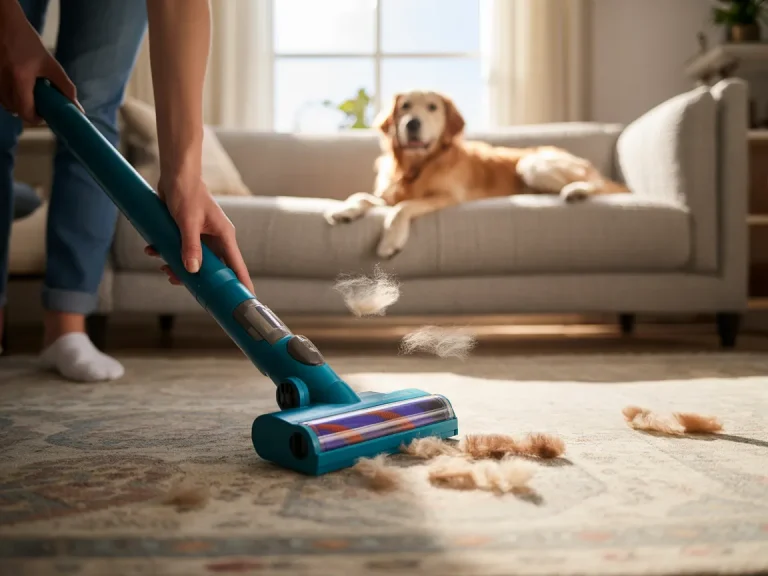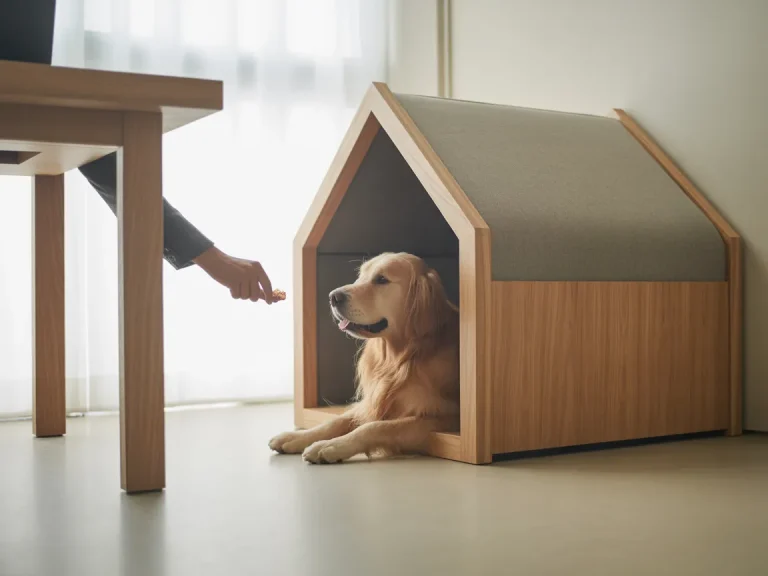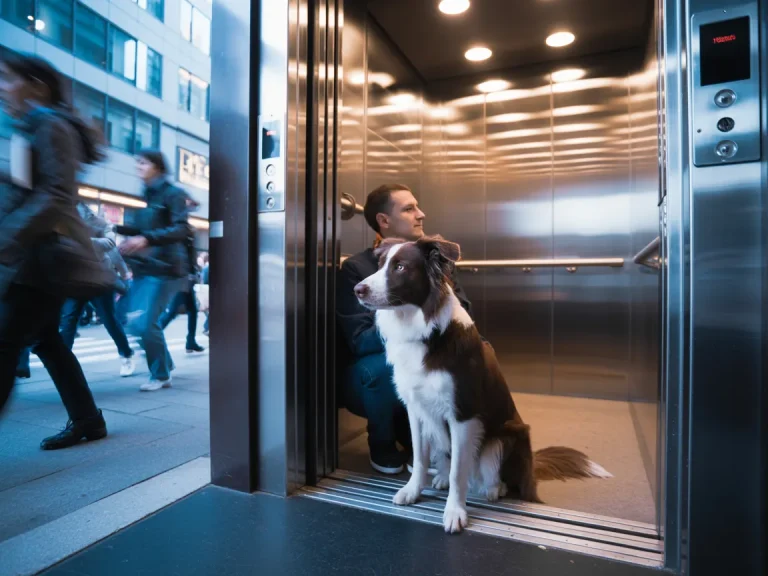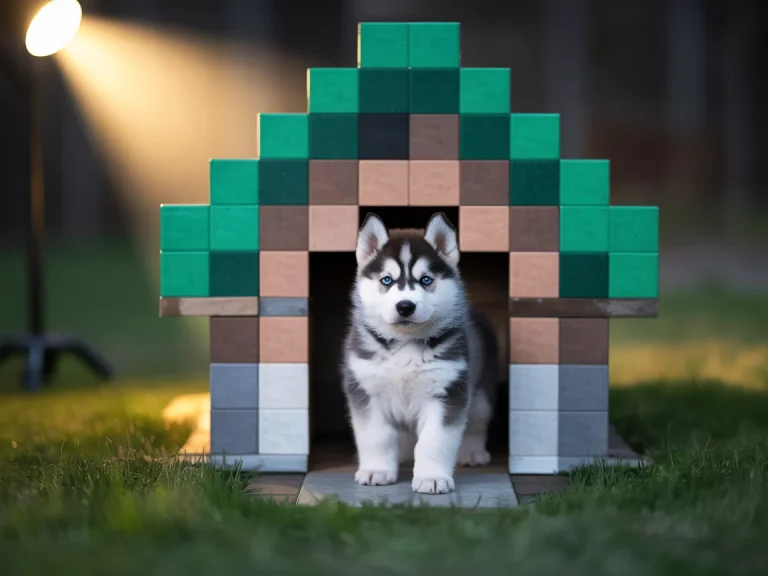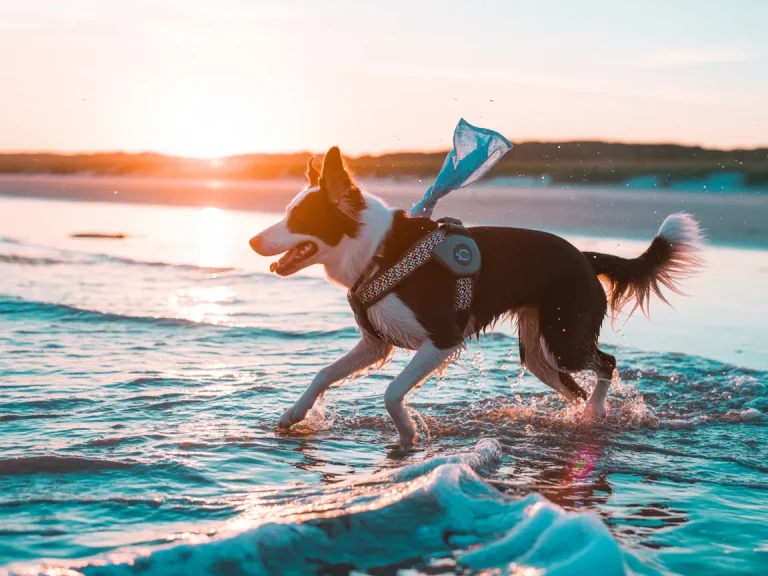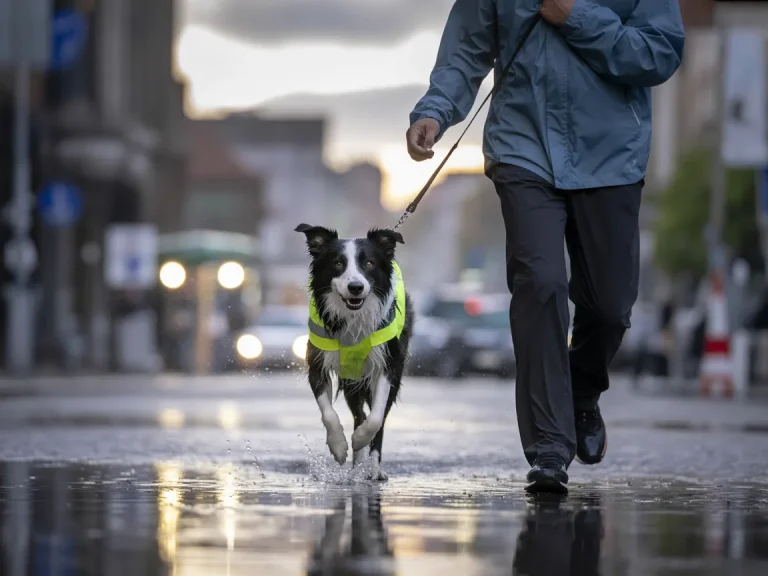Taking your furry co‑pilot on the open road can turn a simple drive into a highlight reel of happy snorts and window‑surfing ears. After logging more miles with dogs than I care to admit (and washing just as many drool‑streaked windows), I’ve boiled the lessons down to seven road‑trip secrets that keep tails thumping from driveway to destination.
Secret 1: Map a Canine‑Centric Route
Picture your dog as the VIP and you as the full‑time chauffeur. Instead of gunning it down the interstate, stitch together a route peppered with state parks, dog‑friendly rest areas, and small towns where bowls of water wait like tiny welcome mats. Break every couple of hours for a “sniff stop”—think of it as a podcast for your pup’s nose, letting them stretch, pee, and reboot before the next leg.
Not sure where to pull over? Apps like BringFido and AllTrails act like travel agents for wagging tails, while Google Maps’ “pet‑friendly” filter keeps overnight stays hassle‑free. Your future self will thank you when you hit the pillow instead of frantically Googling “24‑hour dog park near me.”
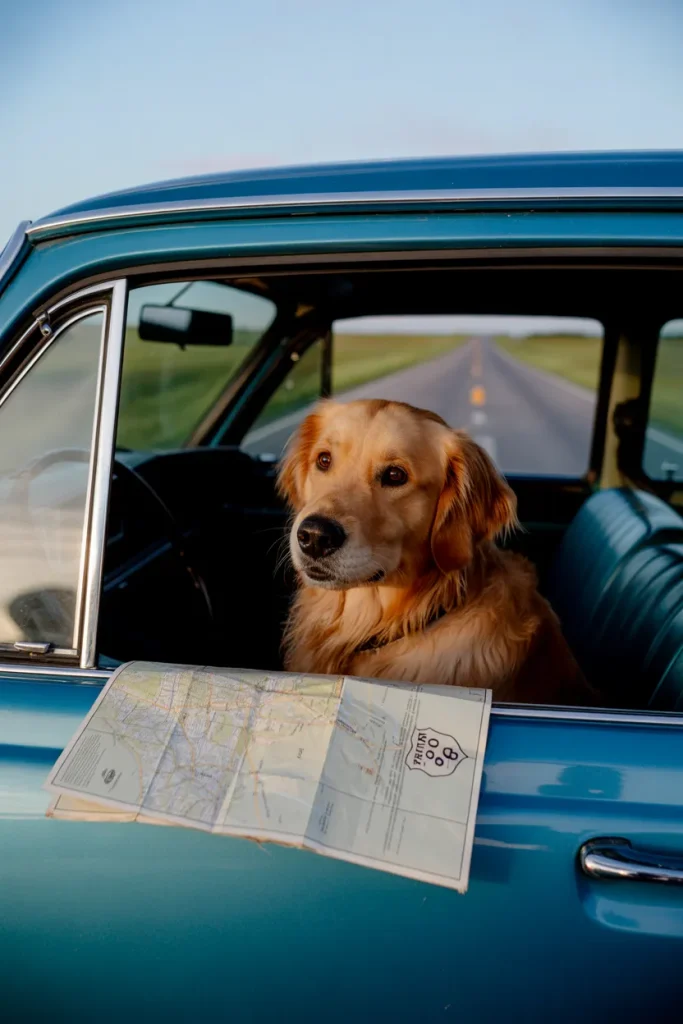
Secret 2: Build a Comfort Zone Inside the Car
Treat the back seat like a rolling doghouse—familiar, safe, and calm. A crash‑tested crate or sturdy harness is your seatbelt’s best friend, anchoring that 40‑pound torpedo during sudden stops. Layer a beloved blanket over their bed; it muffles road noise like a budget pair of noise‑canceling headphones for paws.
Got a sprawler? A hammock‑style seat cover turns the back seat into a canine chaise lounge and saves your leather from talon‑style toenails. Keep the cabin between 18–22 °C (that Goldilocks zone where panting slows) and crack a window just enough for fresh air to whisper in—no need to invite a face‑full tornado.
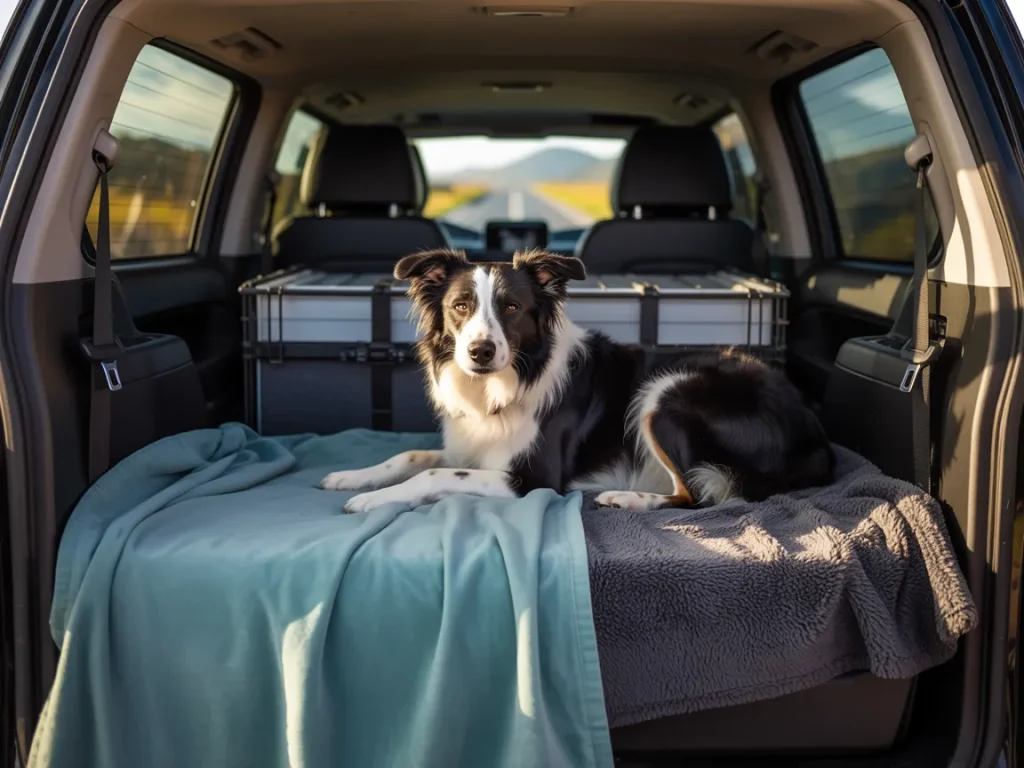
Secret 3: Pack a “Go Bag” of Essential Dog Accessories
Ever realize you left your charger at home halfway to the beach? Now picture that—but it’s your dog’s dinner. A well‑stocked “go bag” shrinks big headaches into minor blips:
- Hydration duo: a no‑spill bowl plus at least two liters of fresh water per travel day.
- Portable meals: pre‑measured kibble in airtight tubs—no mystery treats that upset stomachs.
- Health docs: digital photos on your phone and a printed copy for old‑school clinics.
- Safety lights: clip‑on LEDs turn your pup into a walking glow stick at dusk.
- Cleanup kit: biodegradable bags, pet‑safe wipes, and enzyme spray—your mobile hazmat squad.
- Boredom busters: a tough chew or puzzle toy to keep minds busy when scenery gets dull.
Zip everything into one backpack that slides under a seat. At 11 p.m. on the shoulder of a dark highway, you’ll be grateful you packed like a pro.
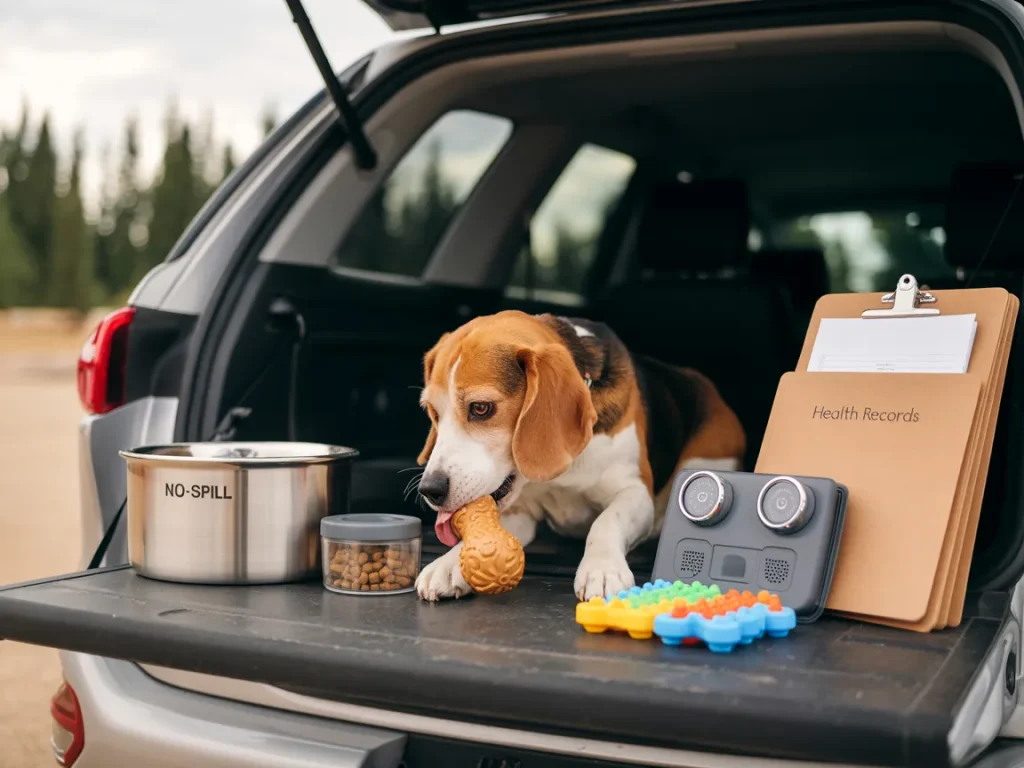
Secret 4: Nail the Rest‑Stop Ritual
Every break should feel like déjà vu—in a good way. Leash up before you crack the door, stroll straight to a patch of grass, offer a drink, then run a 60‑second obedience refresher (sit, down, spin). That micro‑routine tells anxious travelers, “Hey, we’ve done this dance before.”
Need a little fun? Scatter a few treats under leaves or around tree roots and let your dog channel their inner Sherlock. A good sniff‑fest lowers the heart rate and sets up a glorious nap back in the car. Hot asphalt season? Press your palm to the pavement first; if you’re yanking your hand away, imagine what bare paws feel.
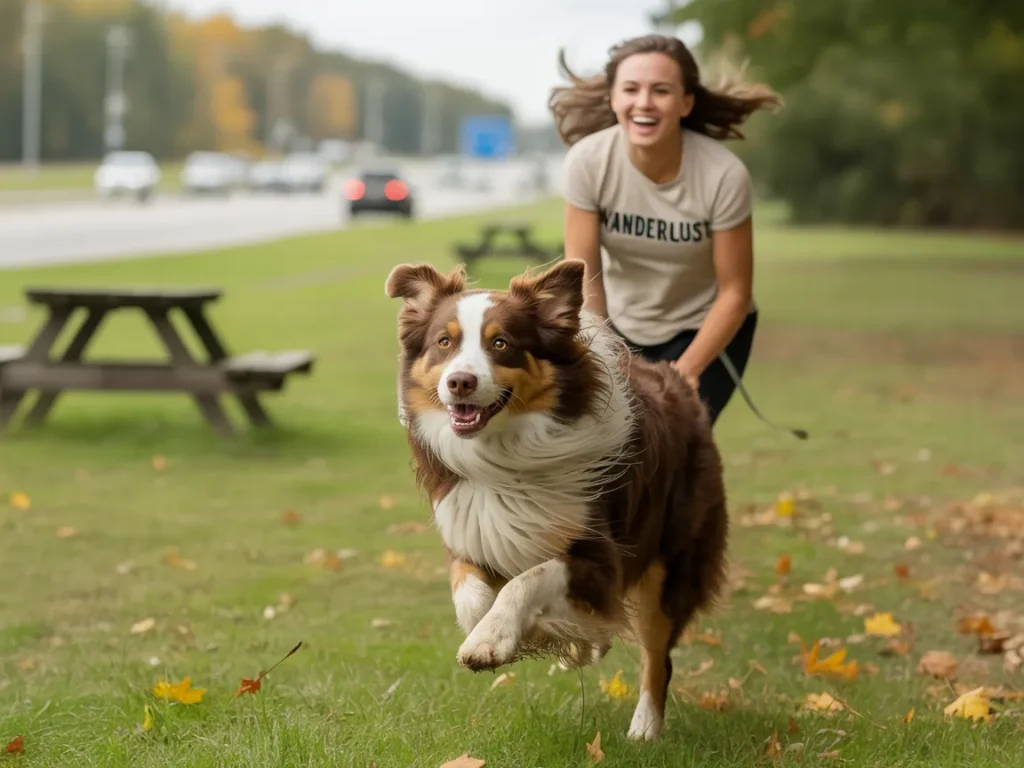
Secret 5: Keep Health & Safety Riding Shotgun
Heatstroke and dehydration gate‑crash road trips faster than you can say “rest area.” Pop a cheap digital thermometer on your dash—car interiors can spike 20 °C (36 °F) above the outside temp in minutes (AVMA). And no, leaving the AC on while you run in for coffee isn’t foolproof; engines stall, bad things happen.
Pack a slim first‑aid pouch: a vet‑okayed antihistamine for surprise bee stings, bandage wrap for scraped pads, and a tick puller (those hitchhikers love roadside grass). Hitting the highway overnight? Bookmark a few 24‑hour clinics along your route before you need them. Future‑you will thank present‑you.
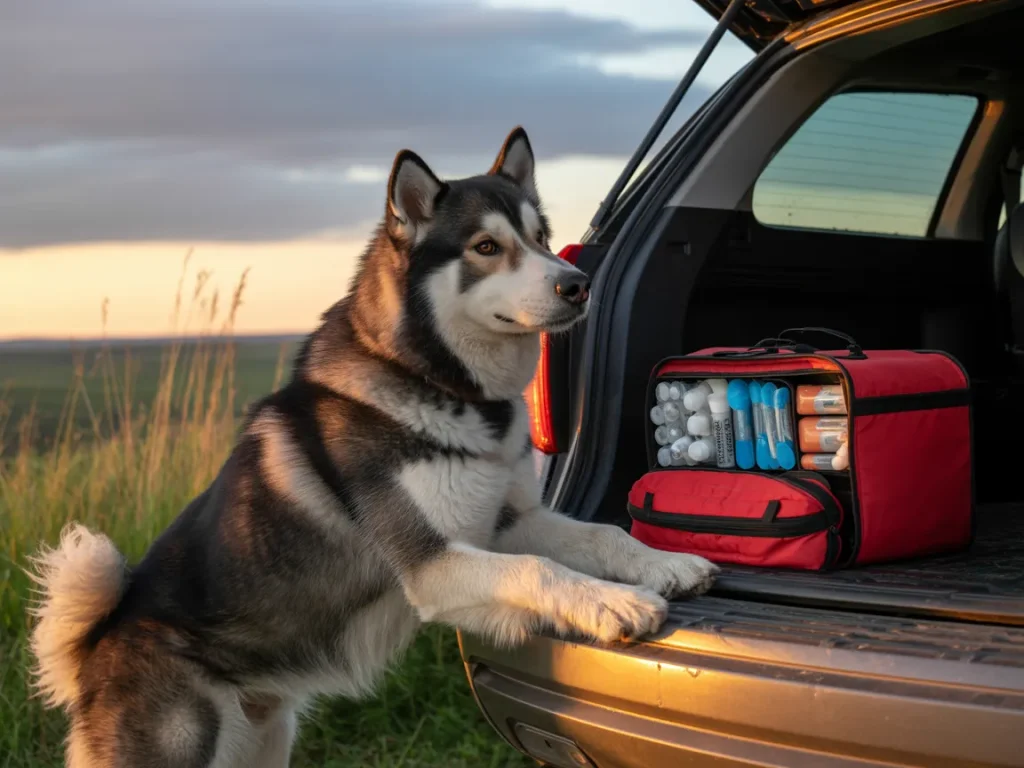
Secret 6: Turn Lodgings into a Mini Dog Room
“Pet‑friendly” can be code for “sure, as long as your dog levitates and never sheds.” Call ahead: ask for ground‑floor rooms, a nearby potty patch, and whether pups may chill alone while you snag dinner.
Once you’re in, stake out a quiet corner: roll out the travel bed, fill the water bowl, and toss in a worn T‑shirt so the room smells like home. Bored dog? Sprinkle kibble inside a towel, roll it up, and voilà—a DIY snuffle mat. Heading off‑grid? Many campgrounds now rent fenced cabins, perfect for pups who need space to do zoomies under the stars.
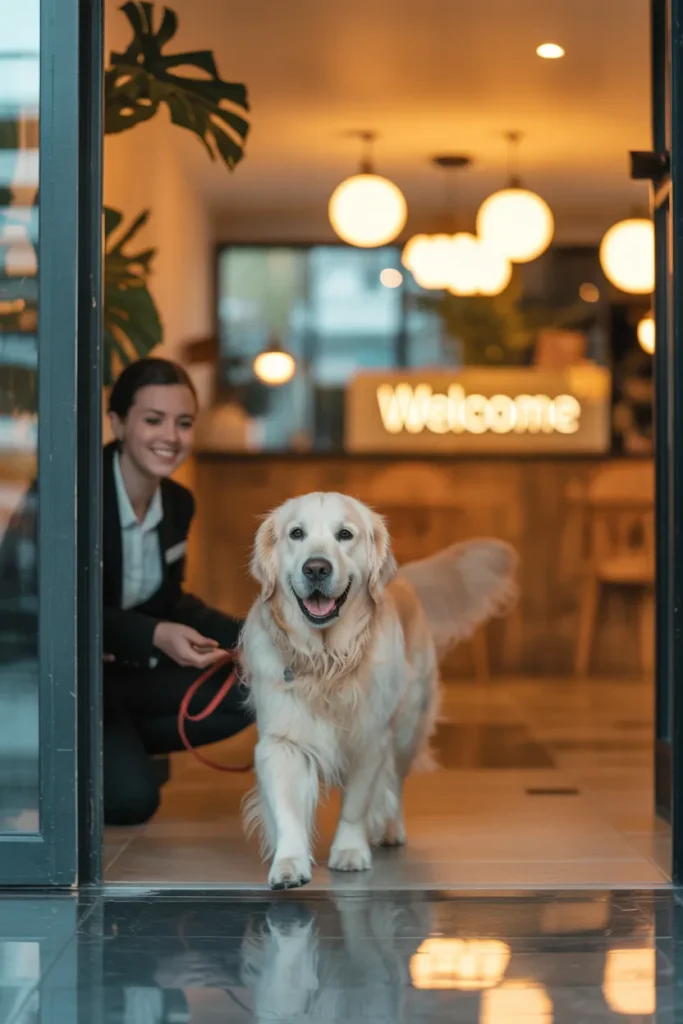
Secret 7: Decompress Together Once the Wheels Stop
The adventure isn’t over when the garage door closes. Your dog’s brain is still buzzing with roadside smells and motel‑hallway echoes, so gift them a “landing pad.” Set up their usual corner—water, a favorite chew, maybe some soft jazz playing quietly—like you’re dimming the lights after a rock concert.
While they settle, do a post‑trip pit stop of your own: run your fingers over each paw pad for cracks (think of them as tiny sneakers that did a marathon), brush out the dust hitchhikers in their coat, and serve dinner in the same bowl, in the same spot. Familiar rituals flip the switch from road‑trip mode back to home sweet home.
Feeling crafty after all those miles? Grab that leftover memory‑foam chunk in the closet and sew up a washable cover—instant throne for your weary explorer. Imagine them sinking into it like a captain back on the flagship, dreaming of the next horizon.
Conclusion
Road‑tripping with a dog isn’t just doable—it’s a passport to stories you’ll tell for years. Plan the route around wagging tails, curate comfort like a mobile doghouse, and keep safety riding shotgun. When you pack smart and pause often, every mile turns into a shared postcard.
So fill the tank, cue up the playlist, and invite your four‑legged bestie to ride shotgun. The open road is calling—and this time, you’ve got the perfect co‑pilot. Happy travels and happy tails!
Disclaimer: This article is for informational purposes only and does not constitute professional veterinary advice. Always consult a licensed veterinarian or certified dog trainer regarding the specific needs and health of your dog.
